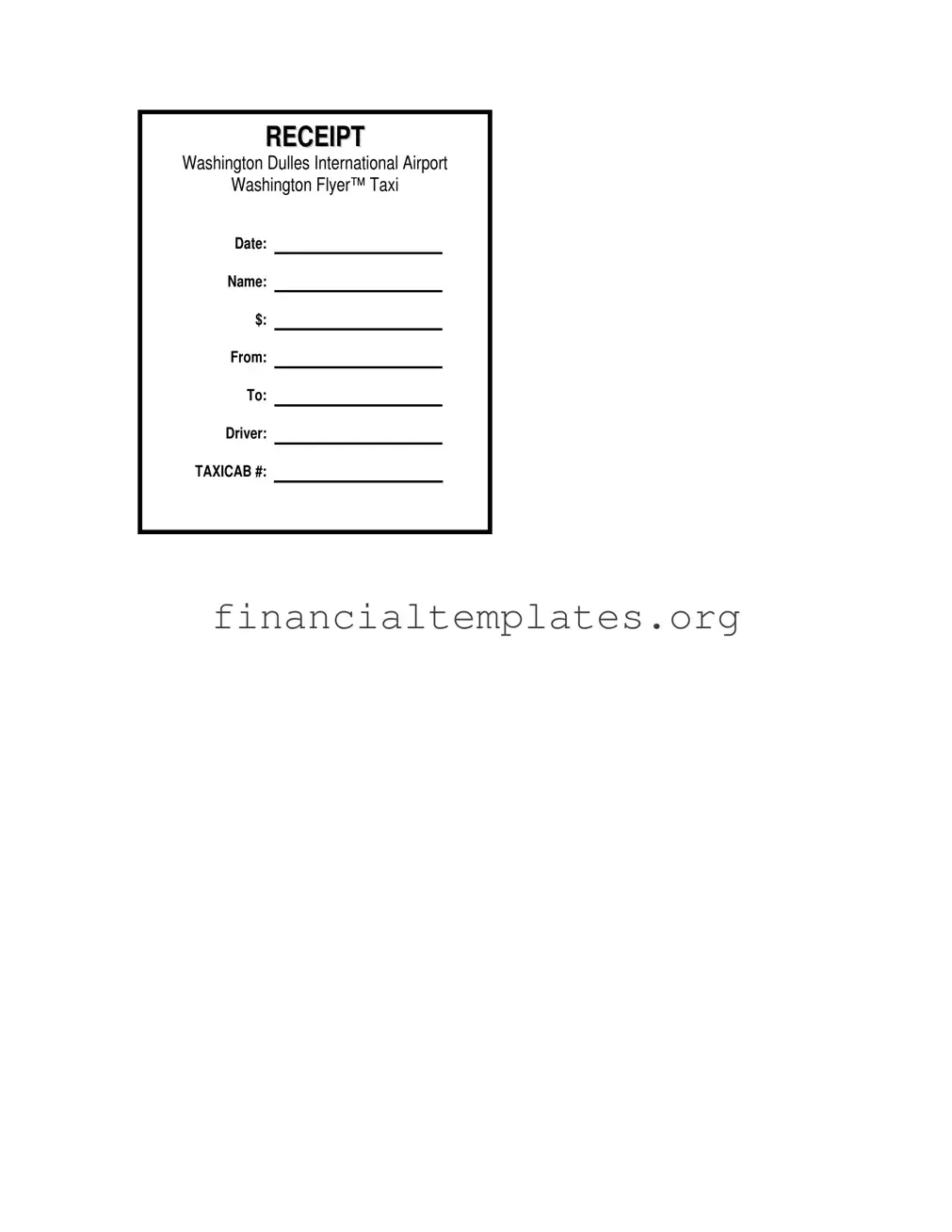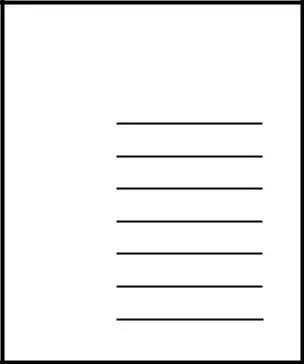A Taxi Bill form shares common features with a Car Rental Agreement. Both documents outline the service provided, including dates and personal details of the user. A Car Rental Agreement, similar to a Taxi Bill, details the agreement between the service provider and the client, specifying the vehicle used (by model or number in the case of a taxicab), the duration of use, and the financial transaction involved. The primary difference lies in the duration and nature of the service: one is for a short-term ride, and the other is for a longer rental period.
Similar to a Taxi Bill form, a Hotel Bill also provides a itemized list of services used, their costs, and personal details of the client. Both documents serve as proof of transaction between the service provider and the customer. The Hotel Bill, however, extends beyond transportation to include accommodation, meals, and possibly other amenities, showcasing a broader spectrum of services provided during the customer's stay.
An Airline E-Ticket Receipt closely resembles a Taxi Bill form in function by documenting the transaction between the service provider and the user. It includes vital information such as date, name of the passenger, and details of the journey (origin and destination). Both documents act as a proof of payment for the service provided. Unlike a Taxi Bill, which is for ground transport, the Airline E-Ticket Receipt is for air travel, indicating a different mode of transportation.
The format and purpose of a Sales Receipt are similar to those of a Taxi Bill form, in that they both record a transaction between a seller and a buyer. A Sales Receipt includes the date of the transaction, the names or identification of the parties involved, a description of the item or service sold (including a vehicle number in the case of a Taxi Bill), and the amount paid. The main difference lies in the scope; a Sales Receipt can cover a wide range of goods or services, not just transportation.
A Bus Ticket also shares similarities with a Taxi Bill form by representing a financial transaction between the service provider and the passenger, including details like the date, the passenger's name, and the journey information (origin and destination). Both serve as proof of payment for the transportation service availed. However, a Bus Ticket differs in that it is usually for a specified seat on a scheduled service, unlike the personalized, on-demand service documented by a Taxi Bill.
An Event Ticket is akin to a Taxi Bill in that it documents the purchase of a service, including the date of the service, details of the purchaser, and the particulars of the service (e.g., event venue or taxi route). Both act as proof of a transaction. The key difference lies in the nature of the service: an Event Ticket is for entry to an event or venue, while a Taxi Bill is for personal transportation services.
Lastly, the similarity between a Parking Garage Ticket and a Taxi Bill form exists in both documenting the use of a transportation-related service. The Parking Garage Ticket provides details on the vehicle, the date, and the charges incurred for parking. While both serve as proof of service utilized and include a financial transaction, a Parking Garage Ticket concerns the stationary storage of a vehicle, as opposed to the active transport service represented by a Taxi Bill.

